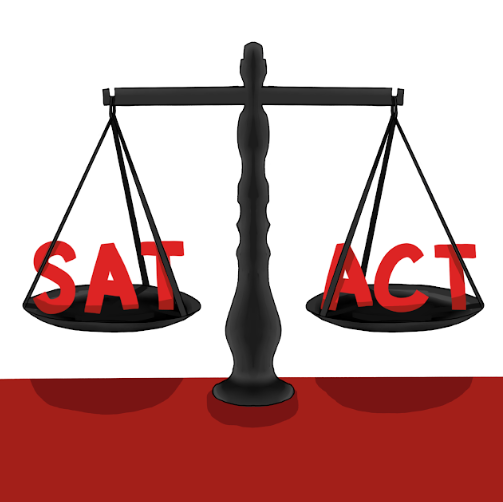When it comes to college admissions, standardized tests are often considered one of the most important factors in a student’s application. Despite many colleges now adopting test-optional policies, these tests still play a role in the college admissions process and can influence course placements. The Scholastic Aptitude Test (SAT) and the American College Test (ACT) are well-known optional standardized tests. However, the SAT is better than the ACT as it provides a far more comprehensive way for students to display their academic capabilities to prospective colleges and universities.
Both tests are used to assess a student’s skills in reading, writing, and math, but there are several differences between the SAT and ACT that should be clarified. The ACT has an English, math, reading, and science section, as well as an optional writing section. It is a total of two hours and 55 minutes without an essay, plus an additional 40 minutes if test-takers choose to write the essay. Students are still able to choose to take the exam either on paper or digitally. On the other hand, the SAT is far shorter, at two hours and 14 minutes, not including allotted breaks. Now exclusively digital, the SAT mostly presents students with different modules based on their score in the previous module for that section; this is considered the adaptive version of the test.
Both tests are equally challenging, and colleges don’t favor one over the other. Senior Chloe Brown had taken the SAT previously. She explained, “I think that the SAT is more well-rounded. From what I heard, the ACT is mostly for people who are interested in going into a field of science, while the SAT could be for anyone. It all depends on the personal opinion of the person taking it.”
According to the ACT’s website (act.org), the science section covers subjects like chemistry and biology, which may appeal to students interested in science fields. Junior Sunanda Seepersad, who plans to take the ACT, said it offers he added that there is a “bigger variety on the subject matter,” aligning with her career goals. Anyone interested in taking the ACT is met with more in-depth material to study for, along with a longer and denser test.
The SAT, according to the College Board (collegeboard.org), is much shorter in length when compared to the ACT, allowing for more time per question. The now-full switch to digital in 2024 meant the SAT’s reading passages are now shorter, the math section provides a built-in calculator, and students can receive their exam results faster – in approximately two weeks after a testing date. Starting in February of 2024, the ACT just became digital in only certain locations nationwide. With the digital ACT, students are now able to enhance the accessibility features such as text-to-speech and zooming in, and it includes support for screen reader users.
Ultimately, with more colleges adopting test-optional policies, students are left deciding whether to submit test scores. Senior Catriona Reynolds reflected, “I don’t know what it would mean for the future. I feel like as more and more schools become test-optional, the SAT becomes even more confusing. I feel like we are in a confusing time now, where the SAT matters, but at the same time, it almost doesn’t.” If students do choose to take standardized tests, the SAT’s adaptability, consistent format, and broad coverage of various academic subjects makes the exam a better choice for most students.


















